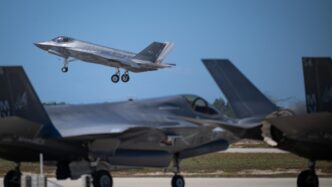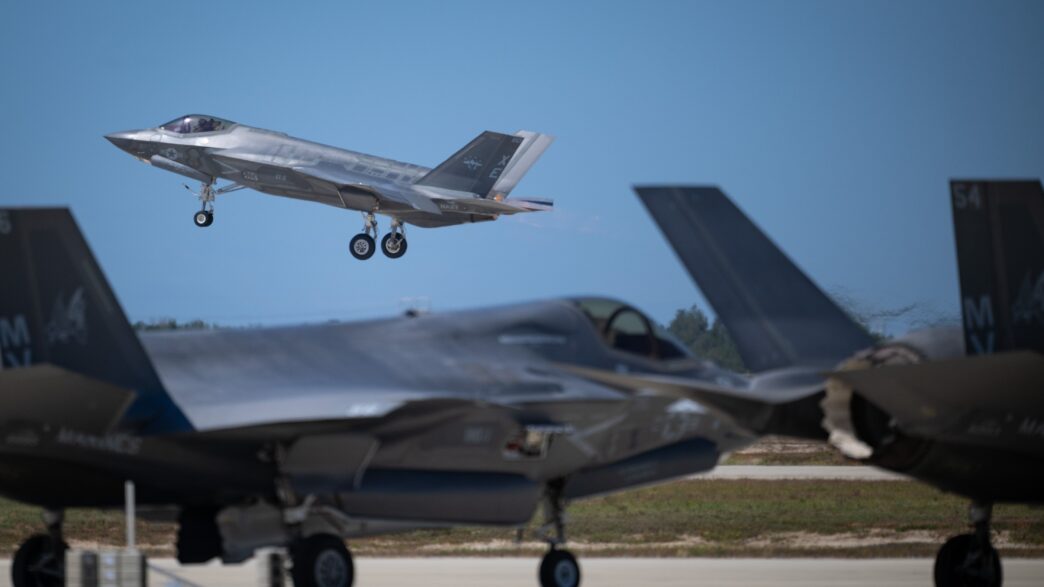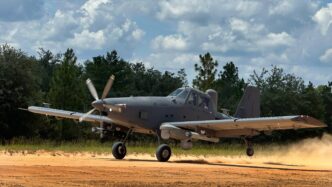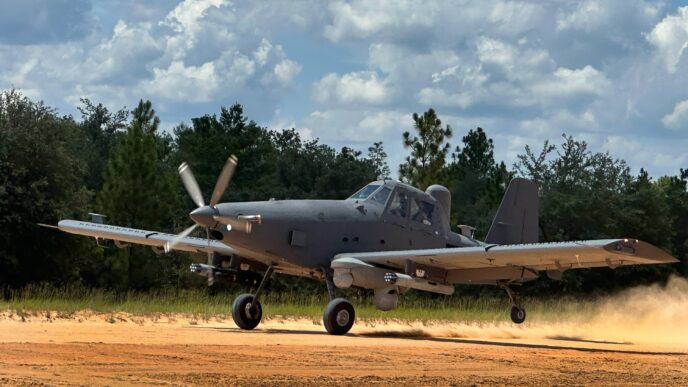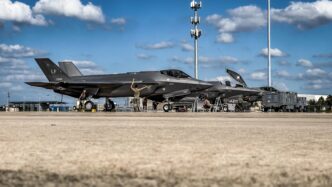On July 30th, an F-35C Lightning II fighter jet crashed near the US Navy’s master jet base in Lemoore, California. Fortunately, the pilot managed to eject safely, and there were no injuries reported on the ground. The aircraft, however, was completely destroyed. Firefighters had to use a bulldozer to tackle the blaze fueled by jet fuel. The pilot was found in a nearby field and taken to a hospital, but initial reports suggested he wasn’t seriously injured. The F-35C was part of the VFA-125 Rough Raiders squadron, which trains pilots for combat. The crash happened in a cotton field just north of Naval Air Station Lemoore, a key base for the Navy’s strike fighter operations on the West Coast. The cause of the crash is still under investigation, and details are scarce.
Despite the high-profile nature of such incidents, the F-35’s safety record is often misunderstood. While the F-35 program is known for its hefty price tag, its accident rate is actually lower than that of its predecessor, the F-16 Fighting Falcon. According to Popular Mechanics, the F-16 has a lifetime mishap rate of 3.55 per 100,000 flight hours, compared to the F-35’s 1.6. In 2024, the US Armed Forces experienced a spike in severe accidents, with 26 Class A Mishaps recorded by the US Air Force Safety Center. Of these, only two involved F-35 aircraft, both of which were F-35B models used by the US Marines. This data underscores the F-35’s reputation as one of the safest aircraft in its class.
The F-35 program continues to be a critical component of the US military’s air capabilities, and while accidents do occur, the overall safety record of the aircraft remains strong. As investigations into incidents like the Lemoore crash continue, the focus remains on ensuring the safety and effectiveness of this advanced fighter jet.
#F35Safety #AviationNews #USNavy #MilitaryAviation #FighterJets
Originally reported by Simple Flying Read More
